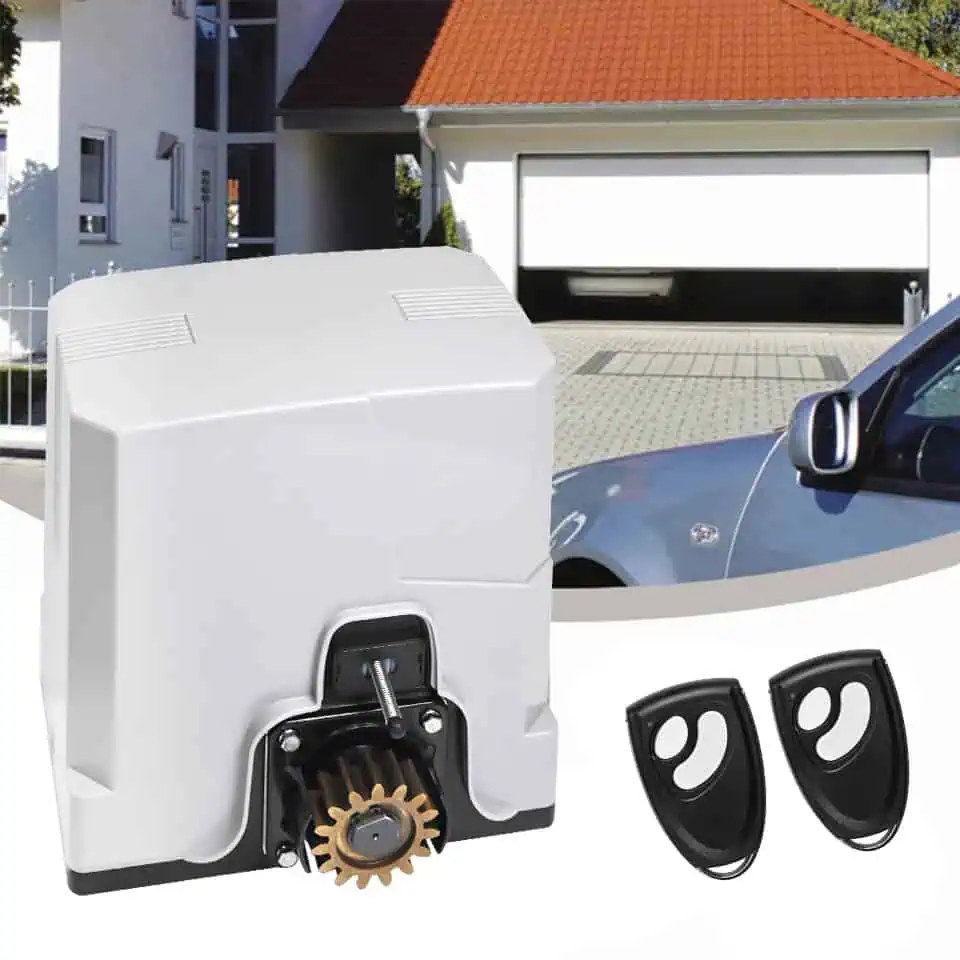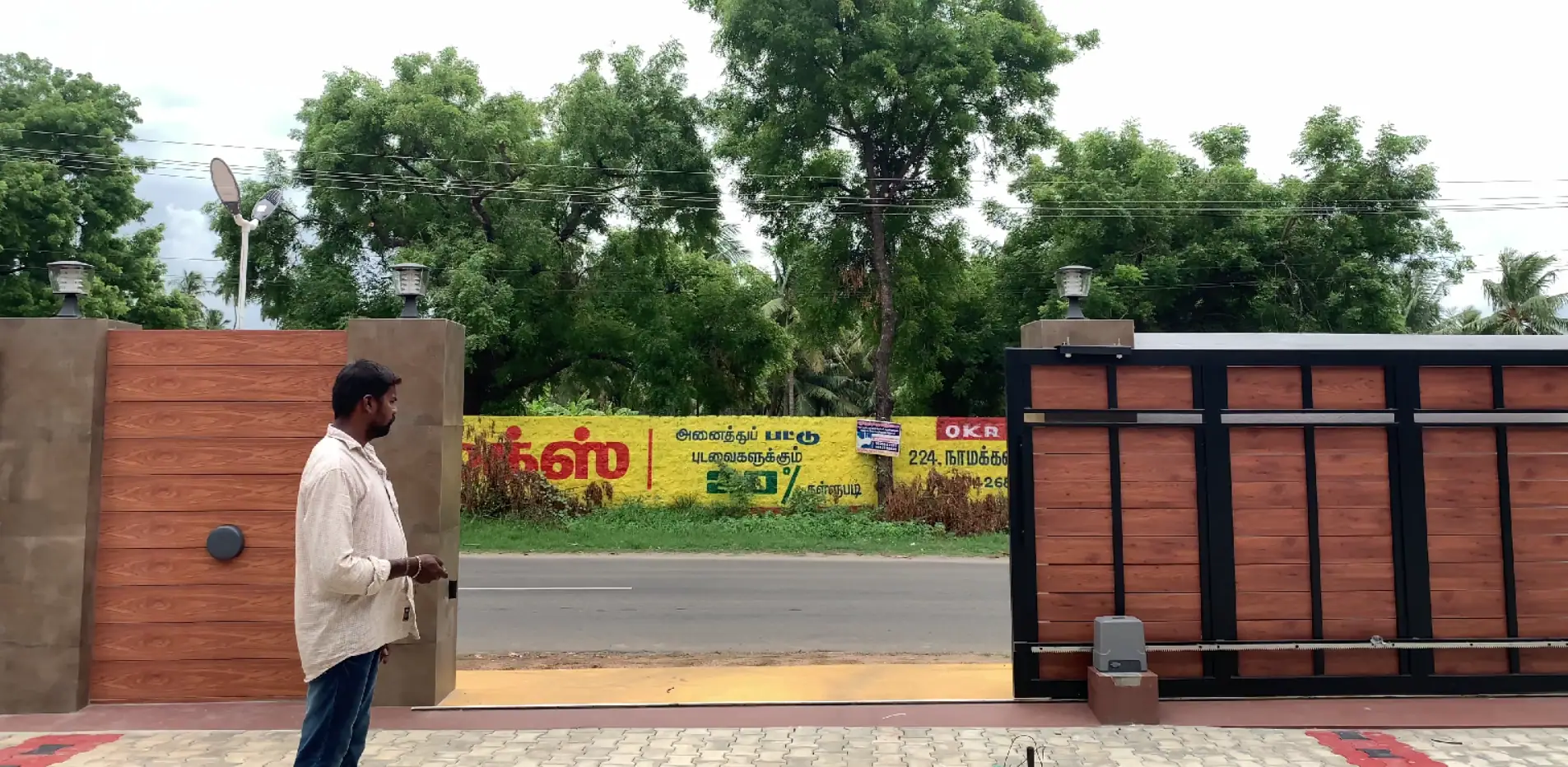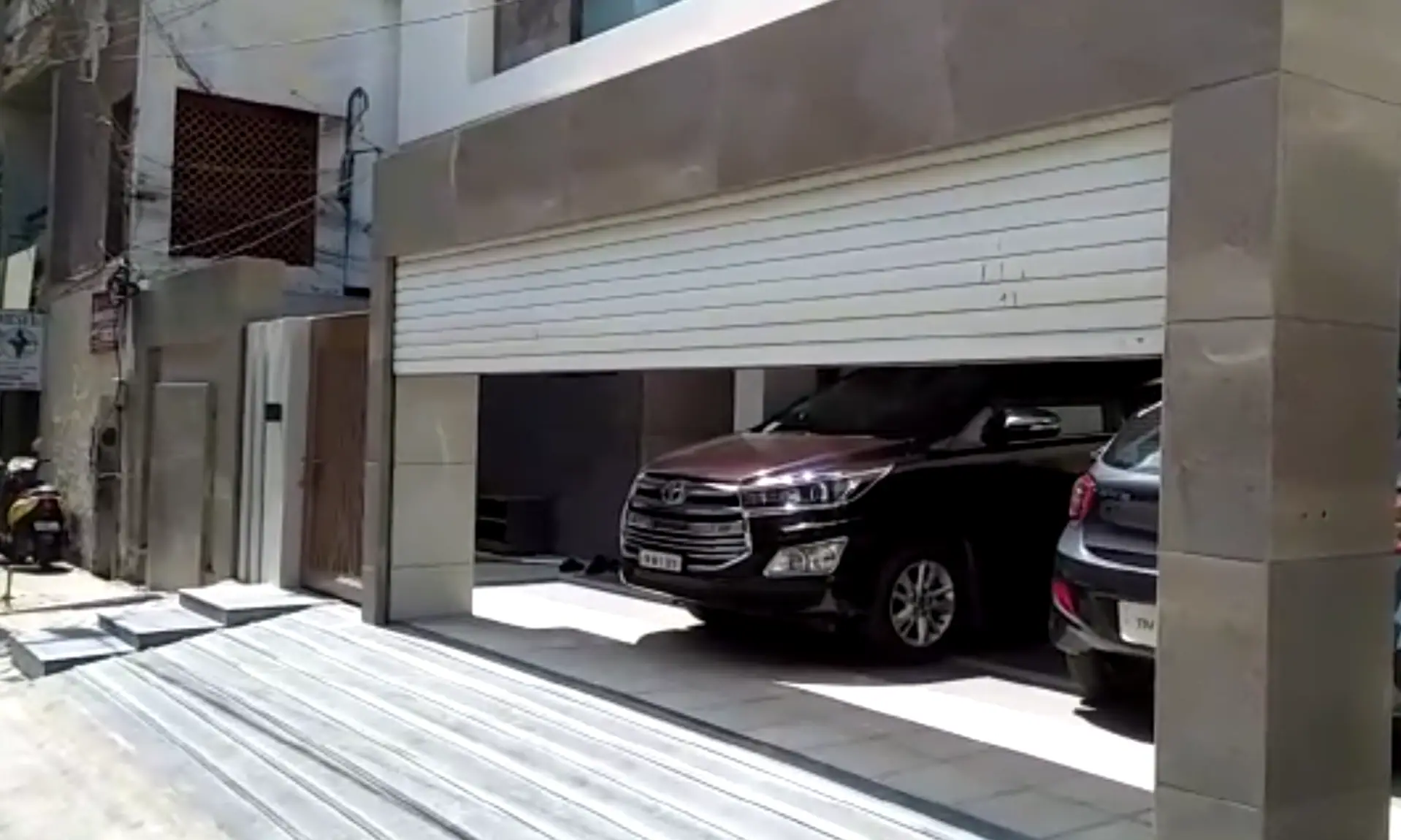Introduction
In today’s fast-paced world, convenience and security are intertwined, making both essential for modern living. Remote controlled gates offer a perfect blend of both, allowing homeowners to efficiently control access to their property with just the press of a button. This comprehensive beginner’s guide will walk you through the ins and outs of remote controlling a gate, from understanding the basics to installation and maintenance tips.
What is a Remote Gate?
A remote controlled gate, also known as an automated gate, is a gate that can be opened and closed remotely using a handheld transmitter. These gates provide an added layer of security and convenience for properties, giving owners control over who enters their premises.
Benefits of Remote Controlling a Gate
- Enhanced Security: Improve security by restricting access exclusively to authorized individuals, ensuring enhanced protection.
- Convenience: Enjoy the ease of opening and closing the gate without leaving your vehicle, adding convenience to your daily routine.
- Property Value: Boost your property’s value and curb appeal with the installation of a modern remote control gate, while ensuring peace of mind with enhanced security features.
Types of Remote Controlled Gates
There are several types of remote controlled gates, each suited for different properties and preferences:
Swing Gates
Swing gates open inward or outward on hinges, similar to traditional gates. They are ideal for properties with adequate space for the gate to swing open.
Sliding Gates
Sliding gates operate horizontally, sliding to the side to open and close. They are perfect for properties with limited space for a swinging gate.
Bi-Folding Gates
Bi-folding gates fold in the middle, requiring less space to open compared to swing gates. They are a popular choice for modern homes with limited driveway space.
Shutter/Garage Doors
Offering a sleek design, these gates move vertically to open and close, making them suitable for various architectural styles.
Required Tools and Materials
Before embarking on the installation process, ensure you have the following tools and materials ready:
- Remote Control Transmitter: The handheld device that sends a signal to the gate to open or close.
- Gate Motor: The motorized mechanism that powers the movement of the gate.
- Receiver Unit: The component that receives the signal from the transmitter and activates the gate motor.
- Power Supply: A stable power source to ensure the system functions smoothly.
Installation Process
Installing a remote controlled gate requires careful steps to ensure proper functionality:
- Installing the Gate Motor: Attach the gate motor to the gate for automated movement, ensuring precise alignment and measurements. Connect it to the power supply.
- Setting Up the Receiver: Place the receiver unit near the gate and connect it to the power supply.
- Connecting the Transmitter: Pair the remote control transmitter with the receiver unit for seamless operation.
- Programming the Remote Control: Follow the manufacturer’s instructions to program the remote control, ensuring smooth functioning and security.
Safety and Security Measures
Ensuring the safety and security of your remote controlled gate is paramount:
- Installing Safety Sensors: Incorporate advanced safety sensors to detect obstacles and prevent accidents, enhancing overall security.
- Regular Maintenance Checks: Perform routine checks on the gate motor, sensors, and remote control to ensure optimal performance and longevity.
Troubleshooting Common Issues
Address common problems that may arise with remote controlled gates:
- Remote Not Working: Check the battery and signal strength of the remote control transmitter.
- Gate Not Responding: Inspect the power supply and connections for any faults to ensure optimal performance and safety.
- Signal Interference: Identify and eliminate sources of interference that may disrupt the signal transmission.
Conclusion
In conclusion, remote controlling a gate offers a seamless blend of security and convenience for homeowners. By understanding the installation process, programming requirements, and implementing proper safety measures, you can enjoy the benefits of a remote controlled gate system for years to come.
Summary of Key Points
- Remote controlled gates provide enhanced security and convenience.
- Different types of gates suit varying property layouts.
- Proper installation, programming, and maintenance are essential for smooth operation.
Future Maintenance Tips
Regularly inspect and maintain the gate components to ensure continued functionality. Remember, the key to a successful remote controlled gate lies in proper installation, programming, and maintenance. Stay informed and enjoy the convenience and security that remote controlling a gate provides.


